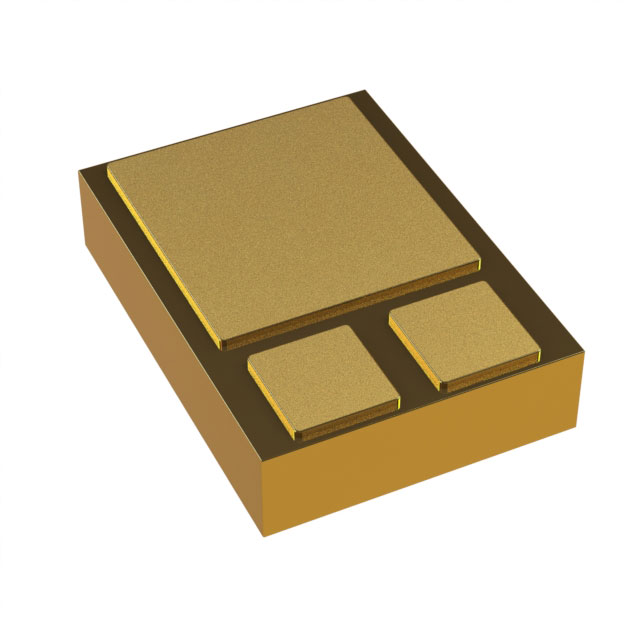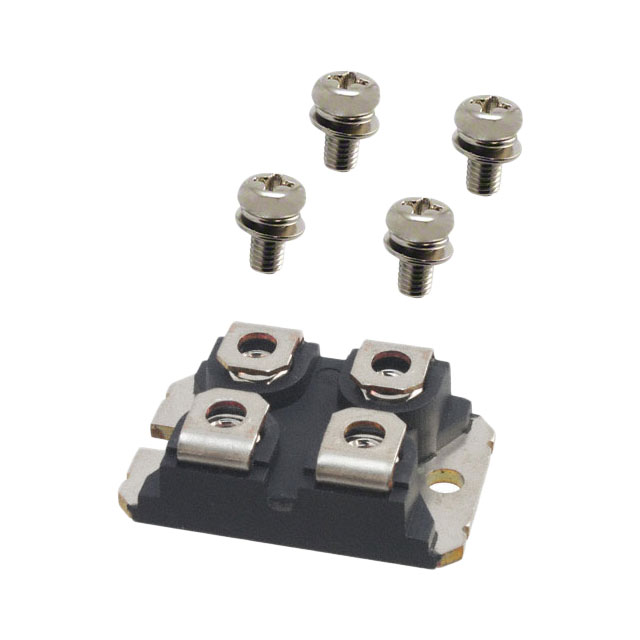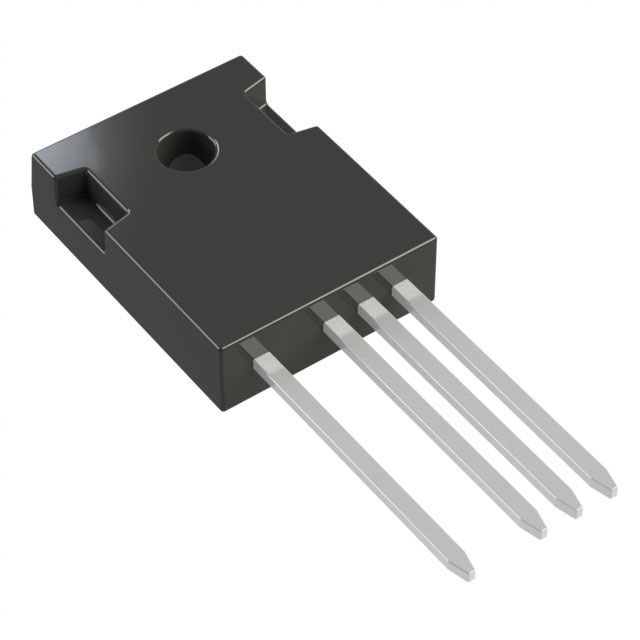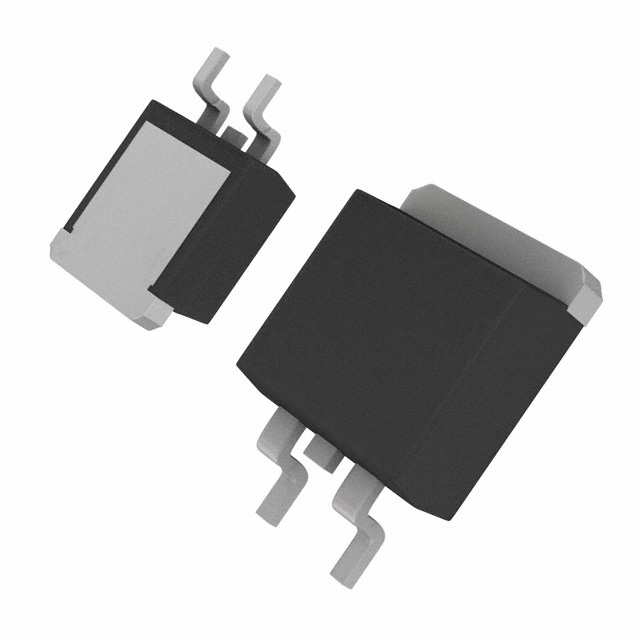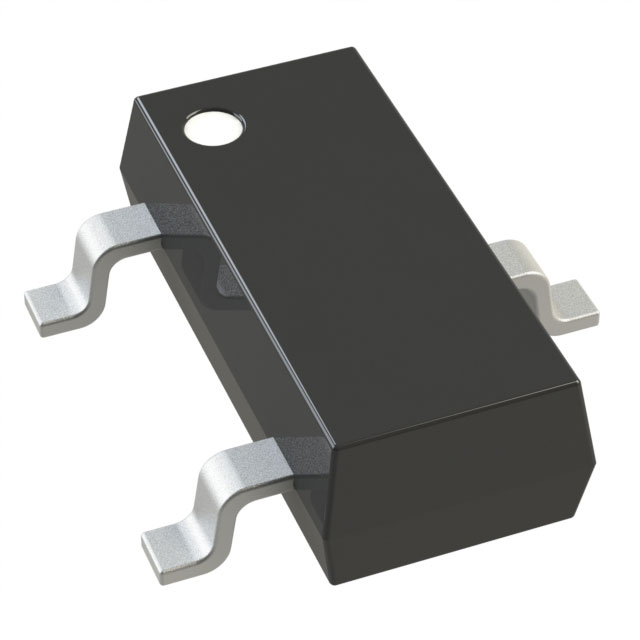Categories
- Single FETs, MOSFETs(716)
- 1
- 2
- 3
- 4
- 5
- 6
- 36
Single FETs and Single MOSFETs refer to individual Field-Effect Transistors (FETs) or Metal-Oxide-Semiconductor Field-Effect Transistors (MOSFETs), which are basic building blocks in electronic circuits. These devices are used to control the flow of current through a channel by applying a voltage to the gate terminal. Let’s break down each one:
Single FET (Field-Effect Transistor)
A single FET is an individual transistor that operates based on the electric field created by the voltage applied to the gate terminal. FETs are voltage-controlled devices that use a small voltage at the gate to control the larger current flowing between the source and drain terminals.
- Types of FETs:Junction FET (JFET): The current flow is controlled by a reverse-biased p-n junction that forms the gate.Metal-Semiconductor FET (MESFET): Similar to JFET but with a metal-semiconductor junction instead of a p-n junction.
- Application: Single FETs are commonly used in:Switching: To turn on or off electrical signals.Amplification: Used in amplifiers, especially for weak signal amplification.Signal Processing: In audio and radio frequency circuits.
- Advantages:High input impedance: Minimal current is drawn into the gate, making them ideal for sensitive applications.Low power consumption: Because they only require a small input voltage to control large currents.
Single MOSFET (Metal-Oxide-Semiconductor Field-Effect Transistor)
A single MOSFET is a specific type of FET, which uses a metal-oxide-semiconductor structure as the gate material. The MOSFET is one of the most widely used types of transistors because of its efficiency and ability to handle higher currents and voltages.
- Types of MOSFETs:N-channel MOSFET: Current flows from the drain to the source when a positive voltage is applied to the gate (for enhancement-type MOSFETs).P-channel MOSFET: Current flows from the source to the drain when a negative voltage is applied to the gate.
- Application: Single MOSFETs are used in:Switching circuits: In power supplies, microcontrollers, and digital systems.Amplification: In audio, RF, and high-speed circuits.Power electronics: Used in power converters, motor drives, and energy management systems.
- Advantages:High-speed switching: Excellent for high-frequency applications.Low on-resistance: Efficient at handling high currents.Low power consumption: Especially in the case of enhancement-mode MOSFETs.
Differences Between FET and MOSFET:
- Structure: MOSFETs have an insulating oxide layer (typically silicon dioxide) between the gate and the semiconductor, while regular FETs (like JFETs) do not.
- Control: MOSFETs are typically more efficient and easier to control because of their insulation between the gate and channel, which allows for less current leakage.
- Applications: MOSFETs are more commonly used in modern electronics due to their versatility, handling higher current/voltage, and efficiency.
Common Features:
- Three Terminals: Source, Gate, and Drain (for MOSFETs), or Source, Gate, and Channel (for FETs).
- Voltage-Controlled: Both FETs and MOSFETs are controlled by voltage applied to the gate (instead of current, like BJTs).
- Low Current Gate Drive: Requires little current to operate, which makes them suitable for sensitive and low-power applications.
Applications of Single FETs/MOSFETs:
- Signal Amplification: Used in low-noise amplifiers, RF amplifiers, and operational amplifier circuits.
- Switching: In digital logic circuits, power supplies, and motor control circuits.
- Voltage Regulation: As part of voltage regulation circuits, such as those found in power converters.
In summary, Single FETs and Single MOSFETs are essential components in electronic circuits, providing precise control over current flow with high efficiency, and are used in various applications ranging from low-power signal amplification to high-power switching and regulation.








